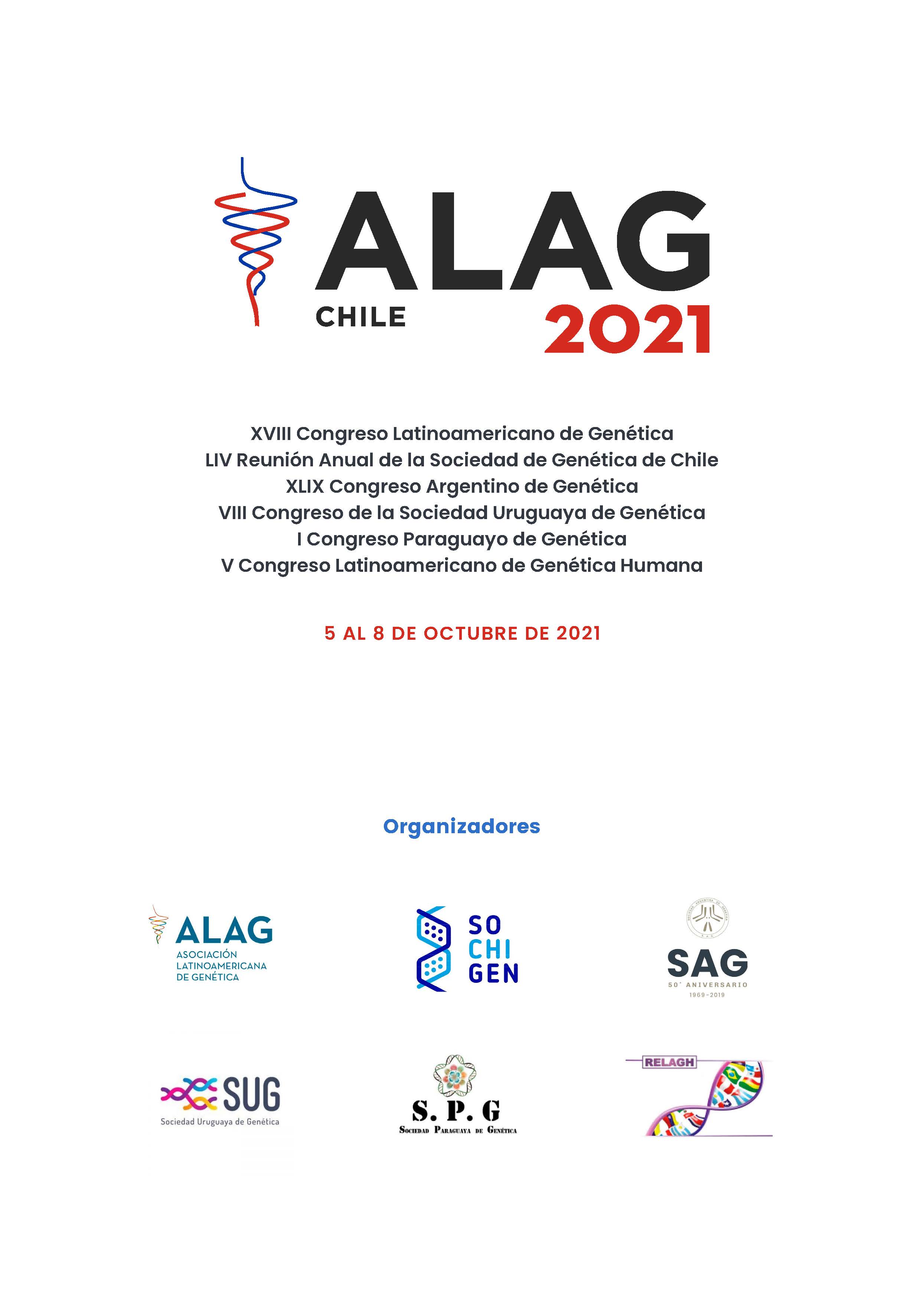Ver ítem
- xmlui.general.dspace_homeCentros Regionales y EEAsCentro Regional Mendoza - San JuanEEA MendozaPresentaciones a Congresosxmlui.ArtifactBrowser.ItemViewer.trail
- Inicio
- Centros Regionales y EEAs
- Centro Regional Mendoza - San Juan
- EEA Mendoza
- Presentaciones a Congresos
- Ver ítem
De novo assembly of separate haplotypes solves the high-heterozygosity inconvenience of grapevine genomes
Resumen
Most grapevine cultivars originated from the outcrossing of two genetically diverse parents, and are clonally propagated to preserve phenotypes of productive interest. Hence, cultivars are first filial generations (F1) with highly heterozygous diploid genomes, that turn challenging to assemble. ‘Malbec’ is the main cultivar for the Argentine wine industry and it originated in France, from the outcrossing of ‘Magdeleine Noir des Charentes’ and ‘Prunelard’
[ver mas...]
Most grapevine cultivars originated from the outcrossing of two genetically diverse parents, and are clonally propagated to preserve phenotypes of productive interest. Hence, cultivars are first filial generations (F1) with highly heterozygous diploid genomes, that turn challenging to assemble. ‘Malbec’ is the main cultivar for the Argentine wine industry and it originated in France, from the outcrossing of ‘Magdeleine Noir des Charentes’ and ‘Prunelard’ cultivars. Based on that mother-father-offspring relationship, here we followed the algorithm implemented in the software CanuTrio to produce a phased assembly of ‘Malbec’ genome. For this aim, parental cultivars’ Illumina short-reads were used to sort ‘Malbec’ PacBio long-reads into its haploid complements, to be assembled separately. Postassembly, bioinformatic procedures were employed to reduce the number of duplicated regions and perform sequence error corrections (using ‘Malbec’ Illumina short-reads). We obtained two highly complete and contiguous haploid assemblies for ‘Malbec’, Haplotype-Prunelard (482.4 Mb size; contig N50=7.7 Mb) and Haplotype-Magdeleine (479.4 Mb size; contig N50=6.6 Mb), with 96.1 and 95.8% of BUSCO genes, respectively. We tested for the composition of both haplophases with the tool Merqury, and observed <0.13% of haplotype switches, meaning that ‘Malbec’ genomic information was correctly assigned to each haploid assembly. Finally, a variant calling analysis indicated a great diversity between ‘Malbec’ haplophases, with >15% of both assemblies affected by structural variations, along with 3.2 million SNPs and 0.6 million InDels. Our results indicate that this is a valid approach to assemble highly heterozygous and complex diploid genomes in a completely-phased way.
[Cerrar]

Autor
Calderon, Luciano;
Carbonell-Bejerano, Pablo;
Mauri, Nuria;
Muñoz, Claudio;
Bree, Laura;
Sola, Cristóbal;
Bergamin, Daniel;
Gomez Talquenca, Gonzalo;
Ibañez, Javier;
Martinez Zapater, José Miguel;
Weigel, D.;
Lijavetzky, Diego;
Descripción
Poster. Publicado en: BAG Journal of Basic and Applied Genetics, 32 (1 suppl), 2021
Fuente
XVIII Congreso Latinoamericano de Genética, LIV Reunión Anual de la Sociedad de Genética de Chile, XLIX Congreso Argentino de Genética, VIII Congreso de la Sociedad Uruguaya de Genética, I Congreso Paraguayo de Genética, V Congreso Latinoamericano de Genética Humana. Valdivia, Chile, 5-8 octubre 2021 (modalidad virtual)
Fecha
2022-01-07
Editorial
Asociación Latinoamericana de Genetica (ALAG)
ISSN
1852-6322
Formato
pdf
Tipo de documento
documento de conferencia
Palabras Claves
Derechos de acceso
Abierto
 Excepto donde se diga explicitamente, este item se publica bajo la siguiente descripción: Creative Commons Attribution-NonCommercial-ShareAlike 2.5 Unported (CC BY-NC-SA 2.5)
Excepto donde se diga explicitamente, este item se publica bajo la siguiente descripción: Creative Commons Attribution-NonCommercial-ShareAlike 2.5 Unported (CC BY-NC-SA 2.5)


